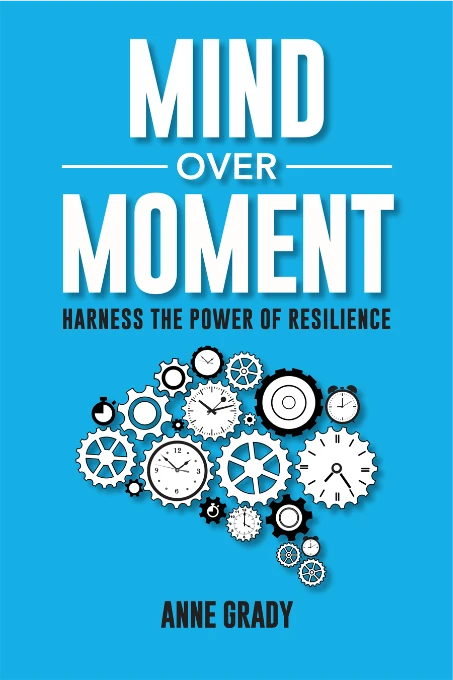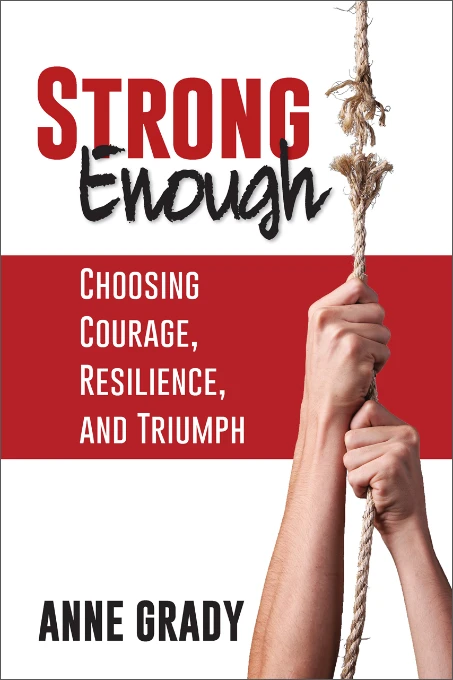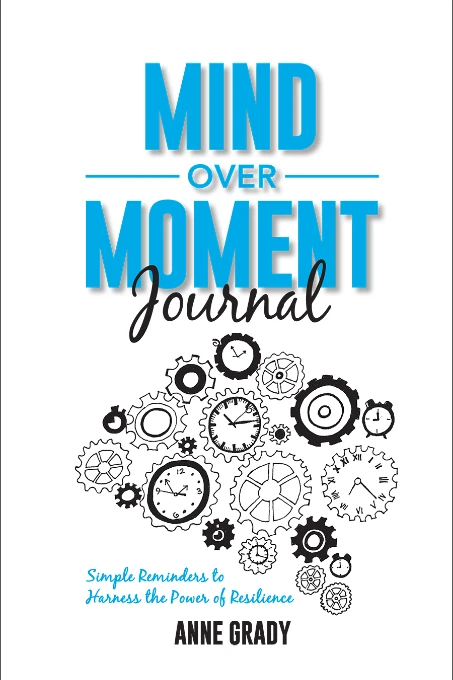This article was written by Anne and originally appeared on Entrepreneur.com
April 10, 2017
Take a moment and cross your arms. Now, cross them in the opposite direction. Which way was more awkward?
If you thought crossing them the second time required more thought, you’re right. In fact, when you crossed them the first time, the signal came from a very different place in your brain than it did the second time.
Habits are the choices we make deliberately that at some point become automatic. They make up over 45 percent of what we do every day. Your brain is lazy. It doesn’t know the difference between a good habit and a bad habit. It just takes everything you repeatedly think, say, or do and turns it into a habit so it doesn’t have to work so hard.
When you crossed your arms the first time, your limbic system (the place that stores your memories and your habits) drove your actions. The second time you crossed your arms, the message came from the prefrontal cortex, the part of the brain responsible for higher level thinking and planning. Any new thought or behavior starts in the prefrontal cortex and eventually becomes habituated if we use it enough.
Related: 4 Reasons Why You’ll Never Be a Millionaire, and How You Can Change That
Most people resist change because it threatens their natural habit patterns. Whether it’s a new role, a new boss, a new car, a new diet or new routine, your brain has to work overtime to learn to adapt to the change. Unfortunately, it’s like the old saying goes, “If you do what you’ve always done, you’ll get what you’ve always gotten.”
Navigating change, both personally and professionally, requires you to form new habits, and that requires some discomfort. The more ingrained you are in the old way of doing things, the longer it takes to form new habits. The good news is you can intentionally train yourself to think and behave in new ways. The more you do it, the easier it becomes to form new habits.
The next time you are trying to navigate change, keep these thoughts in mind.
Related: How Setting an Earlier Alarm Changed My Life
1. You can’t counter emotion with logic.
When we go through change, we often feel anxiety and fear of the unknown. Others may tell us that the change logically makes sense. Unfortunately, that does little to alleviate the discomfort associated with it. Give yourself time to process whatever emotions you are feeling. Get curious as to why you feel anxious or afraid. Don’t judge your feelings, just observe them. This is the first step to embracing change.
2. Identify what’s in it for you.
Even when we know a change is for our own good, it’s easy to resist it, preferring our comfortable old habits. Take time to identify your W.I.I.F.M. (What’s In It For Me). This is your motivator and will keep you going through the discomfort. If you can’t identify a positive benefit, ask what loss or negative outcome you are trying to avoid.
3. Identify barriers and proactively manage them.
Let’s say your goal is to get healthier. This might mean exercising more, eating better or getting enough sleep. Even though we know these are good for us, the barriers of time, money, laziness or life get in the way. Trying to eat better? Plan your meals so that you have healthy food options wherever you are. Too tired to go to the gym after work? Sleep in your gym clothes and wake up 30 minutes early to go for a walk. Too tired? Don’t worry, exercise will help you get better sleep.
Related: If You’re Not Happy, Stop Complaining and Make a Change
4. Surround yourself with the right people.
We all have energy drainers in our lives. These people are full of drama and stress. They are toxic and will make change extremely difficult. Identify the people in your life who drain your energy and distance yourself from them. Conversely, identify those who make you feel supported and spend more time with them.
5. Keep the big picture in mind.
When we are approaching a change, it can seem daunting. When we’ve made it through to the other side, it’s easy to look back with perspective and call it growth. Keep this in mind as you encounter adversity, challenge, and change in your life. So far, you’ve navigated every change thrown your way. That’s a pretty good track record.
Remember, if you want to behave differently, you have to think differently. We can retrain our brains and form new habits. It just takes courage and the willingness to step outside our comfort zones. Change can be scary, but by taking some time to proactively manage the process, you can set yourself up for success.
If you can’t say something nice, don’t say anything at all.
Most of us are taught this simple lesson when we are kids. Unfortunately, it is not always practiced once we are adults. The human tendency to attribute our behavior to our intent and others’ behaviors to the type of person they are is referred to as the fundamental attribution error. Someone runs a stop sign, and we think they are a jerk. We run a stop sign and “oops”.
Regardless of our intentions, people only know what they see through our actions, and we only know what we see through the actions of others. In between our intentions and our actions lies a chasm.
How do you bridge the gap between intentions and actions? Try the following strategies 👆👆












